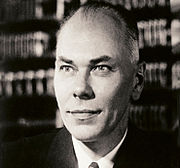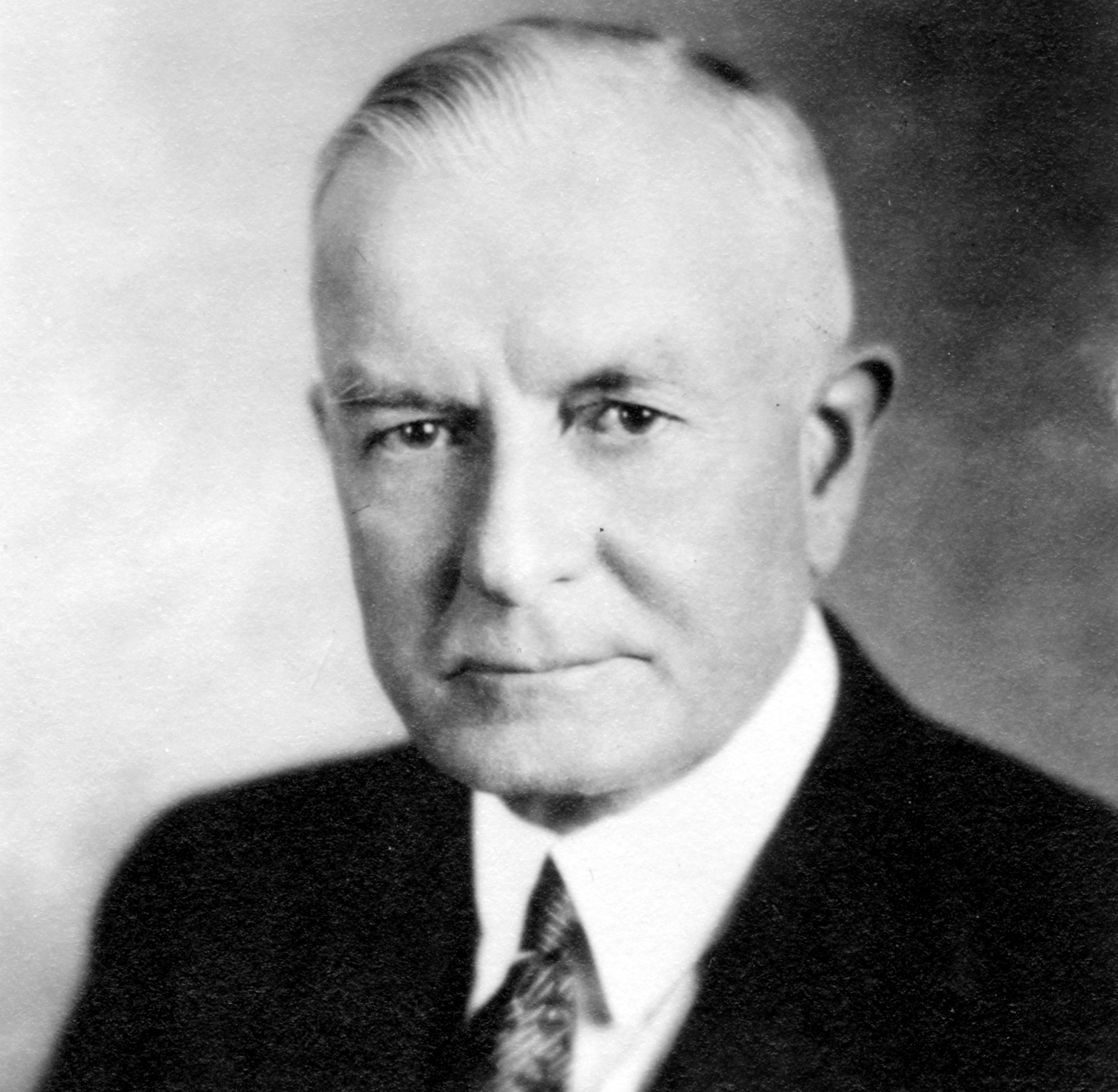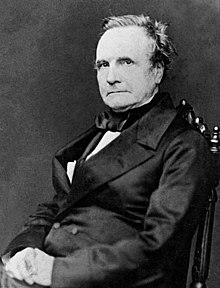 |
| Harvard Mark 1 |
Key Figures:
Howard H.Aiken
Date of Death : March 14, 1973 (73)
Nationality : American
Fields : Applied Mathematics, Computer Science
Thomas J. Watson, Sr
Date of Birth : February 17, 1874
Date of Death : June 19,1956 (82)
Nationality : American
Occupation : Chairman CEO of IBM
Charles Babbage
Date of Birth : February 26, 1791
Date of Death : June 19,1956 (82)
Nationality : English
Fields : Mathematics, Computer Science, Political Engineering, Political Economy
Brief History
 |
| Left Side |
The Automatic Sequence Controlled Calculator (ASCC), coined Mark 1 by the Harvard staff. This was a general purpose electro mechanical computer that was mostly used in the war effort during the end of World War 2. It was presented by Howard Aiken and after in depth study by IBM's engineers it was personally approved by Thomas J.Watson, Sr
 |
| Right Side |
The Harvard Mark 1 was the first machine that was able to compute large amounts of data automatically. Howard Aiken, a Harvard university professor who was working on on digital devices that where used for calculations. Over the course of his studies he came across Charles Babbage's Analytical Engine.In 1937 he started to lay out detailed plans on four separate sophisticated machines based on different technologies at the time, these ranged from the Mark I - IV.
Aiken explored advances made in technology since the steam power available to Charles Babbage, He looked at machinery and techniques that where already being used in business machines such as a switch with no moving parts which provided more reliability where used in his early experimental machines.
In early 1937 he started to looking for a company that would help him design and build his calculator. He got rejected twice and was later shown a demonstration set that Charles Babbage's son had given to Harvard 50 years earlier, interested he studied Charles Babbages work and add references to his Analytical engine to his proposal. This brought Babbage's work to realization whilst also adding new features which where quite important at the time. The ASCC was built and developed at the IBM Endicott plant and later shipped to Harvard, its first work was to compute for the U.S. Navy Bureau of ships. In August 7,1944 it was officially presented to Harvard.
 |
| Detail of Input/Output and control |
Design and Construction
From the IBM Archives :
Further Information on how it worked can be found at :
References :
Wikipedia. 2014. Howard H.Aiken. [ONLINE] Available at: http://en.wikipedia.org/wiki/Howard_H._Aiken. [Accessed 16 February 15].The Mark 1 Computer. 2015. How did it work?. [ONLINE] Available at: http://chsi.harvard.edu/markone/function.html. [Accessed 16 February 15].
Computer History Museum. 2015. Timeline of Computing History. [ONLINE] Available at: http://www.computerhistory.org/timeline/?year=1944. [Accessed 16 February 15].
IBM. 2015. IBM's ASCC introduction. [ONLINE] Available at:
http://www-03.ibm.com/ibm/history/exhibits/markI/markI_intro.html. [Accessed 16 February 15].
Michael R.Swaine. 2014. Harvard Mark I. [ONLINE] Available at: http://www.britannica.com/EBchecked/topic/44895/Harvard-Mark-I. [Accessed 16 February 15].
Wikipedia. 2015. Thomas J. Watson. [ONLINE] Available at: http://en.wikipedia.org/wiki/Thomas_J._Watson. [Accessed 16 February 15].
Wikipedia. 2015. Charles Babbage. [ONLINE] Available at: http://en.wikipedia.org/wiki/Charles_Babbage. [Accessed 16 February 15].
Wikipedia. 2015. Harvard Mark I. [ONLINE] Available at: http://en.wikipedia.org/wiki/Harvard_Mark_I. [Accessed 16 February 15].
Michael R.Swaine. 2014. Harvard Mark I. [ONLINE] Available at: http://www.britannica.com/EBchecked/topic/44895/Harvard-Mark-I. [Accessed 16 February 15].
Wikipedia. 2015. Thomas J. Watson. [ONLINE] Available at: http://en.wikipedia.org/wiki/Thomas_J._Watson. [Accessed 16 February 15].
Wikipedia. 2015. Charles Babbage. [ONLINE] Available at: http://en.wikipedia.org/wiki/Charles_Babbage. [Accessed 16 February 15].
Wikipedia. 2015. Harvard Mark I. [ONLINE] Available at: http://en.wikipedia.org/wiki/Harvard_Mark_I. [Accessed 16 February 15].



